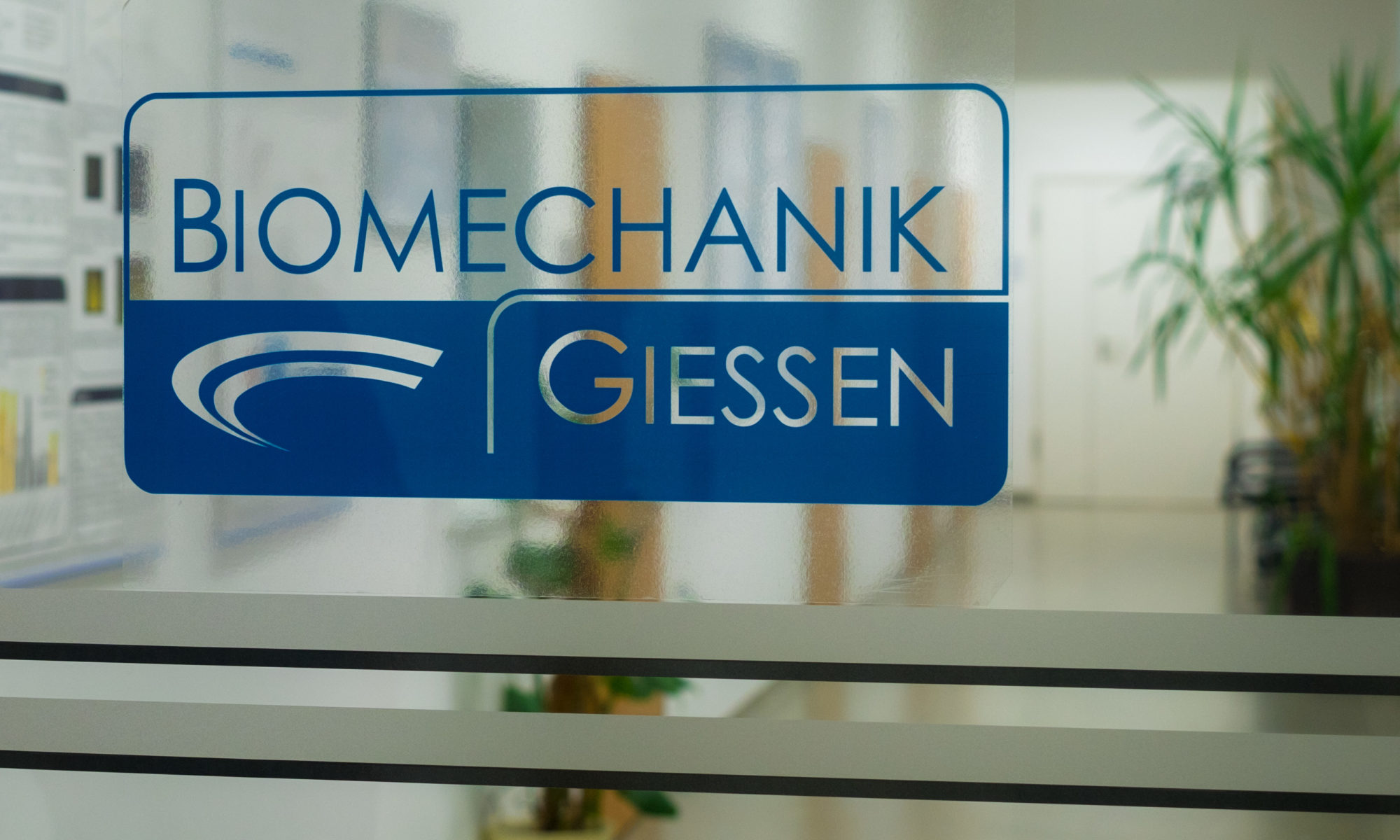Ishaque BA 1,2, Wieczorek J 1, Fonseca Ulloa CA 1, Seeger JB 1,2, Ahmed GA 1,2, Rickert M 1,2, Jahnke A 1.
J Orthop. 2020 Mar 30;22:33-37. doi: 10.1016/j.jor.2020.03.059 . PMID: 32280166 ; PMCID: PMC7136611.
- Laboratory of Biomechanics, Justus-Liebig-University Giessen, Klinikstrasse 29, 35392, Giessen, Germany.
- Department of Orthopaedics and Orthopaedic Surgery, University Hospital Giessen and Marburg (UKGM), Klinikstraße 33, 35392, Giessen, Germany.
Abstract
Introduction: Demographic change and demand for high quality of life lead to increasing implantation numbers. Aim of this study was to compare the Plasmafit® cup to Allofit® and Plasmacup®.
Methods: The study included 174 patients who had received 33 Plasmacup®, 68 Allofit® and 73 Plasmafit® cup implants. These were reviewed postoperatively, after 6 months control and after 12 months.
Results: No significant progressive migration could be discovered in any of the cup systems. At each follow-up the cups showed nearly constant values.
Conclusions: All examined acetabular cups showed excellent migration behavior within the first 12 postoperative months.
Keywords: Acetabular cups; Ein-Bild-Roentgen-Analysis (EBRA); Epidemiologic factors; Migration; Press-fit system; Total hip arthroplasty.
